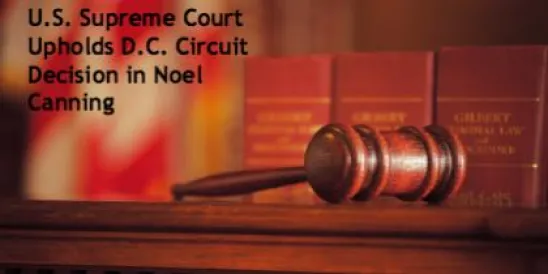On October 9, 2014, the United States Court of Appeals for the Second Circuit, in a summary order, affirmed a district court’s admission of evidence at trial of a former employee’s misconduct, discovered after the employee’s termination, to support the employer’s reason for discharging the employee. Weber v. Fujifilm Medical Systems USA, Inc., et al., Nos. 13-4891-cv(L), 14-206-cv(XAP) (2d. Cir. Oct. 9, 2014). While courts generally accept such “after-acquired evidence” to determine if a plaintiff is entitled to damages, the Weber court expands the after-acquired evidence doctrine by allowing such evidence to be admitted for the purpose of confirming an employer’s legitimate, non-discriminatory reason for discharge.
 Plaintiff John Weber was hired in 1986 by Pyne Corporation, a predecessor of Defendant FujiFilm Medical Systems USA, Inc. (FMSU), as the company’s Vice-President and Chief Financial Officer. On December 14, 2009, FMSU terminated Weber’s employment with cause, citing mismanagement of certain transactions, including his unauthorized approval of a merger. Weber filed suit against FMSU and other entities and individuals affiliated with FMSU alleging that his termination was the result of race and national origin-based discrimination.
Plaintiff John Weber was hired in 1986 by Pyne Corporation, a predecessor of Defendant FujiFilm Medical Systems USA, Inc. (FMSU), as the company’s Vice-President and Chief Financial Officer. On December 14, 2009, FMSU terminated Weber’s employment with cause, citing mismanagement of certain transactions, including his unauthorized approval of a merger. Weber filed suit against FMSU and other entities and individuals affiliated with FMSU alleging that his termination was the result of race and national origin-based discrimination.
After terminating Weber, FMSU discovered evidence of further misconduct, including Weber’s mismanagement of a financing agreement between FMSU, a bank and a consultant. At trial, the district court admitted this after-acquired evidence to show that defendant’s reason for terminating Weber’s employment – his mismanagement of FMSU finances – was true. On appeal, Plaintiff challenged the admissibility of this evidence and the Second Circuit found that the after-acquired evidence was admissible because “Weber’s role in the arrangement confirmed [the employer’s] suspicions that he mismanaged FMSU’s finances.”
While this case, as with all others, turns on the facts presented to the Court, it also potentially signals court approval of after-acquired evidence to bolster an employer’s defense to a wrongful discharge claim.




 />i
/>i
